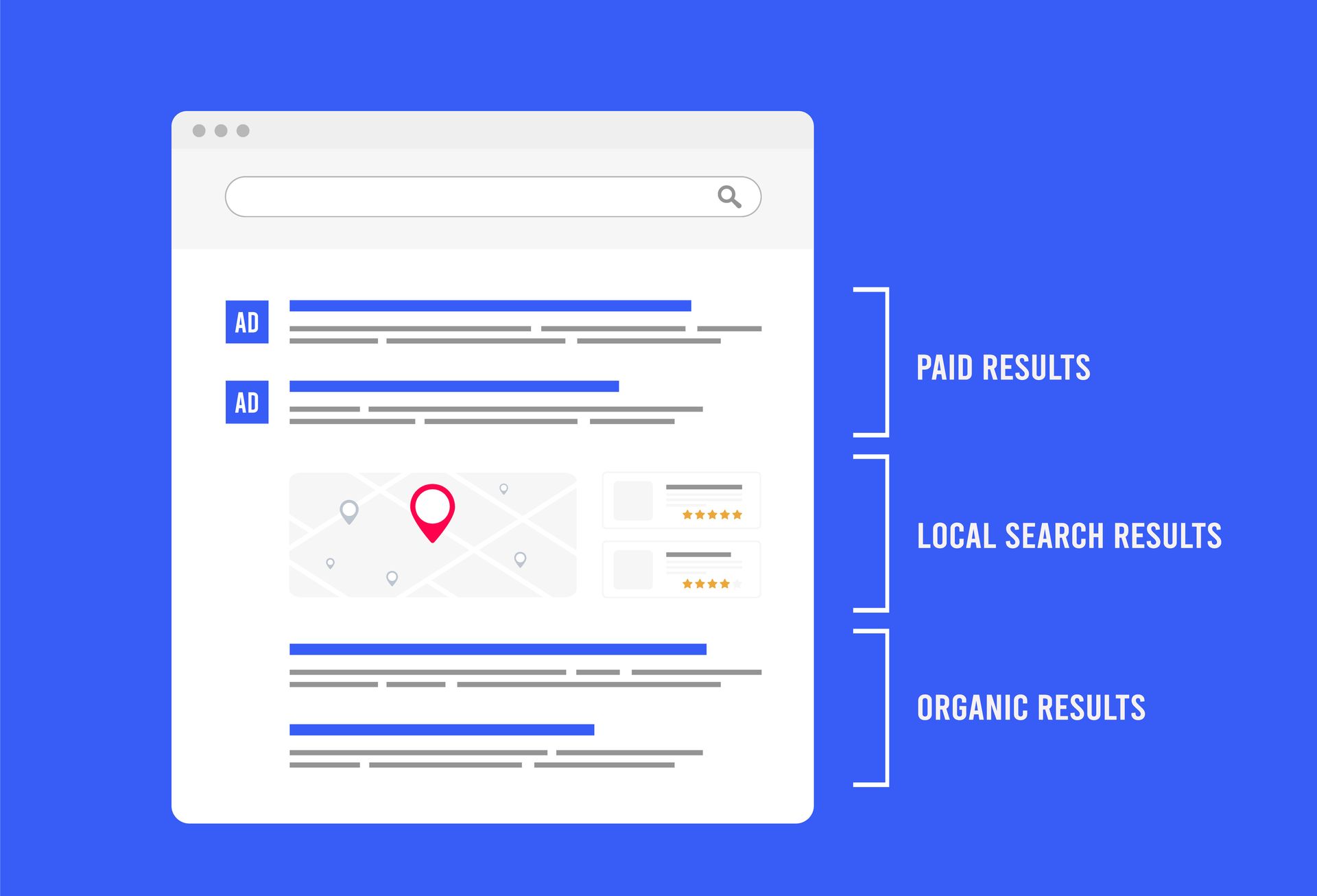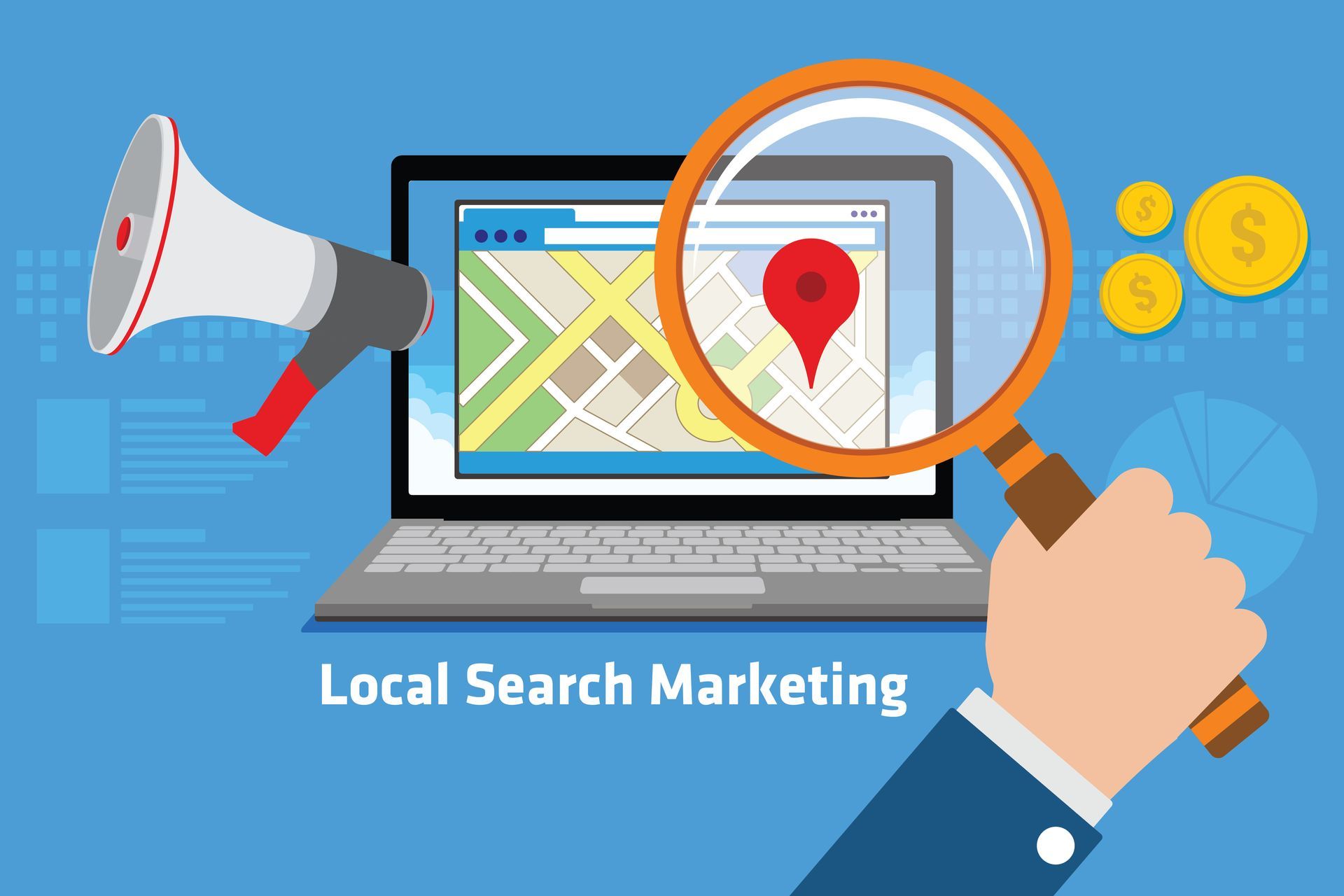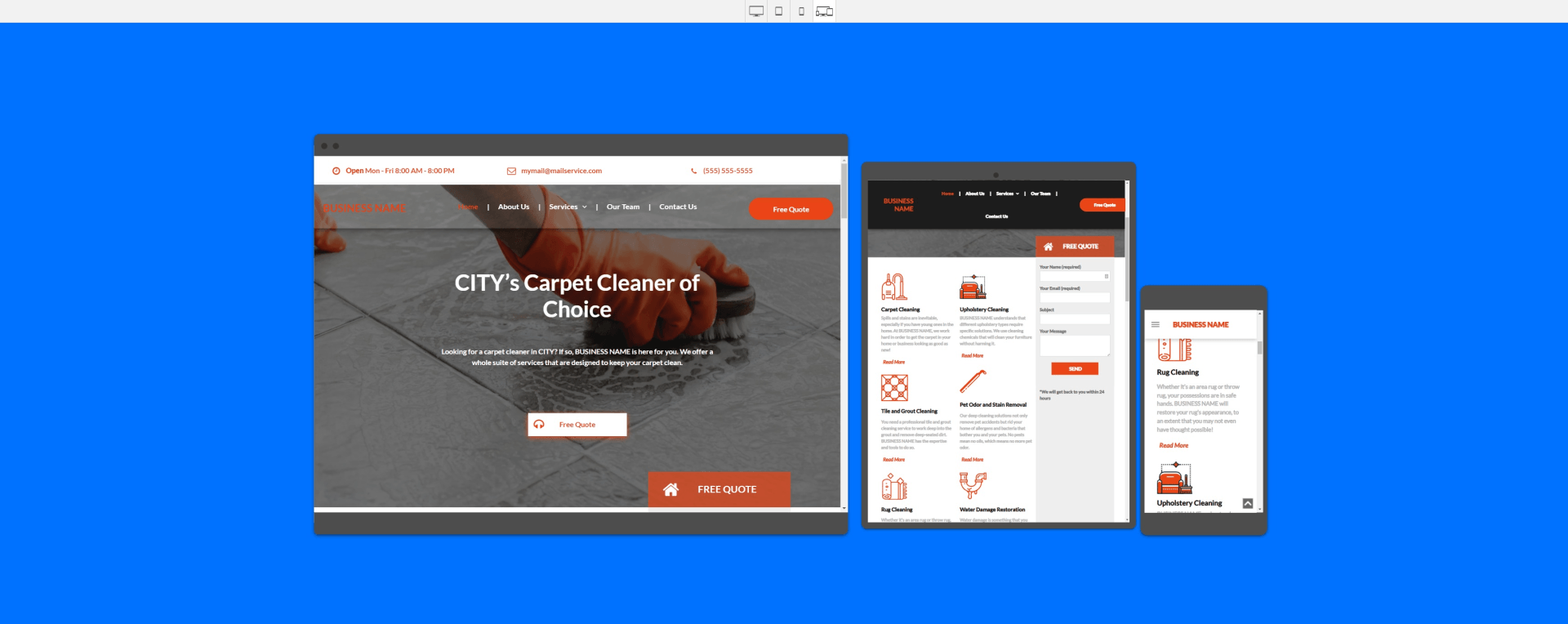
Google My Business Optimization Checklist
Optimizing your Google Business Profile is a critical aspect of search engine optimization. Not only does it increase a business’s visibility, but it also improves ranking. Typically, Google uses three factors to determine local rankings: distance, relevance, and prominence.
That’s why businesses closest to the search user don’t consistently rank highest. This is because Google algorithms are designed to prioritize a company with a well-optimized Business Profile.
Therefore, if a business is located far off but adequately answers the user’s query, it will rank better than its competitors. So, if Google My Business Optimization hasn’t been on your mind, it’s a good time to start.
Here’s how to go about it:
What is Google My Business Optimization?
It’s the process of creating Google Business Profiles and optimizing them for local search.
Beyond including the business name, address, contact, and website, the business may describe its products and services.
Google My Business optimization is essential because it:
Boosts Local Ranking
Google algorithm changes have left businesses fighting to appear in the top three spots on the first page. Unfortunately, only three spots are available for local businesses to appear on the first page, not seven anymore.
And, although second and third Google pages attract traffic, only 0.78% of traffic clicks on the pages. As such, optimizing Google My Business profile for local searches is an excellent way to help a business appear in the first three spots.
Increase Engagement
Customers have become overly reliant on the internet to find products and services. Information in search results pages often answers their questions without clicking on the website, leading to zero-click searches.
If your Google Business profile is optimized to answer all the user’s questions without visiting the website, you’ll more likely have greater engagement.
Increase Conversion
The standard Google Business Profile might be less effective at acquiring customers. It will only provide regular details like the business name, location, and a few reviews about the business.
However, when optimized for search, a user is more likely to discover your business through keyword searches. Such local searches will likely convert to high-quality leads who will become customers.

How to Optimize Google My Business Profile
Now that you understand the benefits of optimizing your Google Business Profile, it’s time to discuss how.
Here’s a checklist to guide you:
Determine if You’re Eligible for Listing
Since not all businesses are eligible for Google My Business listing, you want to check if yours qualifies before listing. For example, for-sale or rental properties like vacant apartments, vacation homes, or leasing offices aren’t eligible for a Business Profile.
Claim Your Listing
If your business already has a local address and a Google Local Page, it has probably been listed; you only need to claim it by:
- Looking for the business name on Google;
- Finding out if you’re the business owner;
- Claiming your Google My Business listing;
- If it doesn’t appear, sign in with a Google account to list it.
These steps make a business more discoverable for local and mobile searches on Google Maps.
Create Google My Business Account
The next step is creating a Google My Business account to optimize your business profile. You make one by connecting your Google Business Profile with your Google My Business account.
Fill in all the Sections
A complete Google Business Profile helps Google rank your business high in the search results while allowing the customers to take more actions.
Here are the most important sections you must complete:
- The name: This is the name on your website or storefront. It would help if you avoided including marketing taglines, special characters, location keywords, or other unnecessary information along with the business name.
- Address: The address must be identical to what is provided on the website, Google My Business listing, social media pages, and other directory listings.
- Phone number: Provide an available phone number, not a toll-free or call tracking number. Google finds it challenging to match such numbers with addresses, affecting ranking negatively.
- Operating hours: Include the operating hours and clarify if your business is open during holidays. Such information makes your customers confident about visiting the company.
Other sections like the category, products and services, websites, and reviews require more detailed information, as we’ll discuss later in the article.
Optimize the ‘From the Business’ Description
Besides the brief description below the business name, you must provide more detailed information about the business. This section appears in the lower profile section, under the reviews section.
For proper optimization:
- Use 750 characters with the most helpful information about the company’s products and services appearing in the first 250 characters;
- Optimize it with keywords the customer is likely to use to find you;
- Avoid misleading information about the business;
- Avoid HTML code or hyperlinks;
- Don’t include promotional aspects like prices or an ongoing sale, e.g., 50% off;
- Avoid repeating information already seen in other sections of the profile; rather, talk about what sets you apart from your competitors.
Select a Suitable Category
Choose a category that defines your business best. This is relevant because customers hardly find out about a business through direct searches; instead, they use discovery searches.
In fact,
studies show a majority of Business Profile Views come from discovery searches.
This means the customer looked for a service, product, or categorical term and found out about your business. Once you choose a category, Google provides category-specific features to make the business profile more attractive.
When optimizing your Google Business Profile using categories, ensure you:
- Choose specific terms: For example, if you’re a web design company, choose Web Design, not just design. Google has over 3000 categories, so you’re sure to find one that fits your business
- Choose categories matching your business, products, and services: The idea is to enable Google to connect you with potential customers. Therefore, you must choose categories matching what you’re offering
- Choose secondary categories: Although the primary category has more impact on your visibility, it’s essential to add a secondary category, especially if your business is in a less competitive industry
Optimize Your Business Location
A business’ location has a significant impact on local SEO rankings and visibility. Therefore, you want to include clear information about your business location.
Include the address and directions to the premises. If you’re an online-based business, you can create a Google Business Profile and leave the address part blank.
Add Photos
Google My Business page allows you to showcase your products, premises, and staff by adding photos. In addition, Google’s advanced ranking features now use image recognition technology when ranking websites for local searches.
Photos also show that your page is active, especially when added regularly.
Another reason to add photos to Google My Business page is that they increase engagement.
Studies show customers are more likely to ask for directions to the business if its profile has photos. You can add different types of images, including a cover photo, profile photo, and business logo.
Other handy tips to help you when adding pictures include:
- Add high-quality images;
- Avoid photos with special effects or branding, and stock photos;
- Use a cover photo that represents the brand ;
- Add a new photo every week;
- Geo-tag the images to highlight the brand’s dominance in the area;
- Add videos related to your brand.
Publish Posts
Google My Business profile has an updates section where you can publish posts. In addition, you use it to announce offers, events, products on sale, offers, and other features that attract potential customers.
Remember, customers, tend to have a high search intent on search engines than on other platforms like Facebook and Instagram. Therefore, they’re more likely to engage with published Google My Business profile posts.
In addition, publishing posts help optimize Google My Business by:
- Increasing your chances of getting high-quality leads;
- Increases ranking;
- Increasing the number of actions customers can take after finding your profile;
- Sharing helpful information about the business to customers;
- Showing off your brand to Google and potential customers.
Some tips to help publish the posts:
- Use different types of updates: You can post offers (promotions), products (in case there’s a sale), or new products;
- Publish posts regularly: It shows Google you’re actively using your profile and helps you change posts with an expiry date. E.g., a seven-day sale;
- Include a Call to Action: It would help to add links to relevant products, services, or pages to help convert users to customers.
Activate the Messaging Feature
With a messaging feature, potential customers can send text messages directly from the Google Business Profile. In addition, it makes it easy to respond to their questions and send photos to them.
Since Google displays your average response time, it’s an opportunity to distinguish yourself from your competitors. Note that Google can also deactivate the chat feature on your profile if you don’t reply within 24 hours.
Add Reviews
Reviews leave a lasting impression on potential customers, and Google uses them to rank a website. As a result, the first three results that appear on SERPs have high ratings and multiple reviews. As such, you must actively pursue your customers to write reviews about your business.
You can reach out by phone or email and include a link to your Business Listing requesting a review. However, if your business has few clients (e.g., a law or accounting firm), create a manual template you can send each customer.
Ensure the link opens easily and customers can add reviews quickly. Be sure to respond to the reviews, too, as they are critical in optimizing your Business profile and encouraging other customers to review your services or products.
Answer Questions
Google My Business displays questions customers have asked and the answers. Unlike reviews directed to the business, anyone can answer the questions in this section. The company or other customers can respond based on their experience with the product to service.
To optimize this section:
- Answer the questions: It’s best if you answer the questions to provide the most suitable answer and control the conversation;
- Incorporate keywords in the answers: You can optimize the questions and answers using keywords to increase your chances of appearing in the search results;
- Create an alert system: It makes it easy to know when a user asks a question so that you can answer as soon as possible.

So What Does Google My Business Optimization Entail?
In a nutshell, Google My Business optimization involves optimizing a business for local search.
It begins with creating a
Google My Business account, filling in essential information (business name, location, address, etc.), selecting a category, optimizing a description, and more.
This detailed checklist should help you check off most, if not all, the actions you hadn’t performed when optimizing your page.







Unlock the Unlimited Potential of Your Business
Our professionals stop at nothing to provide excellent digital marketing solutions.
Do you want your business to be found all over online? Small Biz SEO can help. We are a marketing company that specializes in SEO for small business growth. Our team of SEO experts can help you get the most out of your website and increase your online visibility.
Our Services
All Rights Reserved | Small Biz SEO






















